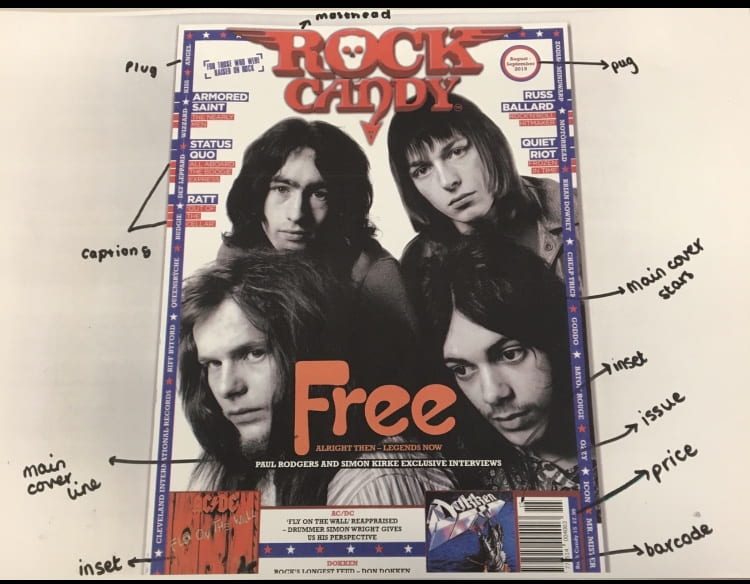My music magazine is going to be called ‘Express’. The word itself means to convey a message or meaning which I think that music from the Pop genre does a lot. You can often find that the artist uses their music to express their opinion and their feelings and they create a certain message through their songs; I think it is a unique and suitable name for my magazine.
I have chosen to do the Pop genre for my magazine as it is a genre that I listen to on a regular basis and I have a passion for it. I like that style and the mood surrounding the music. I have come up with some of the connotations that surround the Pop genre and made a word cloud to help with my mission statement:

My Mission Statement:
‘Express’ is one of the top ten magazines for those that love Pop music. We cover your favourite Pop artists as well as upcoming stars, giving you exclusive interviews, top stories from your most-loved artists, new album releases and new tour dates from artists topping our charts daily. Express magazine inspires young people to fall back in love with Pop as the new-age of Pop drives the magazine forwards, allowing our readers to express themselves and become the best individuals they can be.
The aspects that I have chosen to include in my mission statement satisfy Blumler and Katz’s Theory. My audience will be able to identify with the magazine, interact with their peers about it, be entertained by it, whilst also learning information about the Pop genre and their favourite artists.






